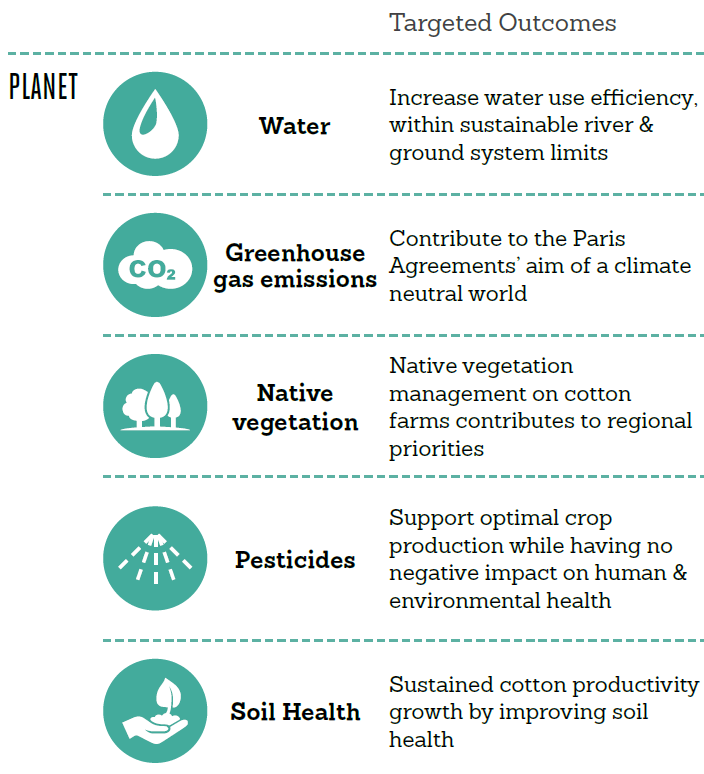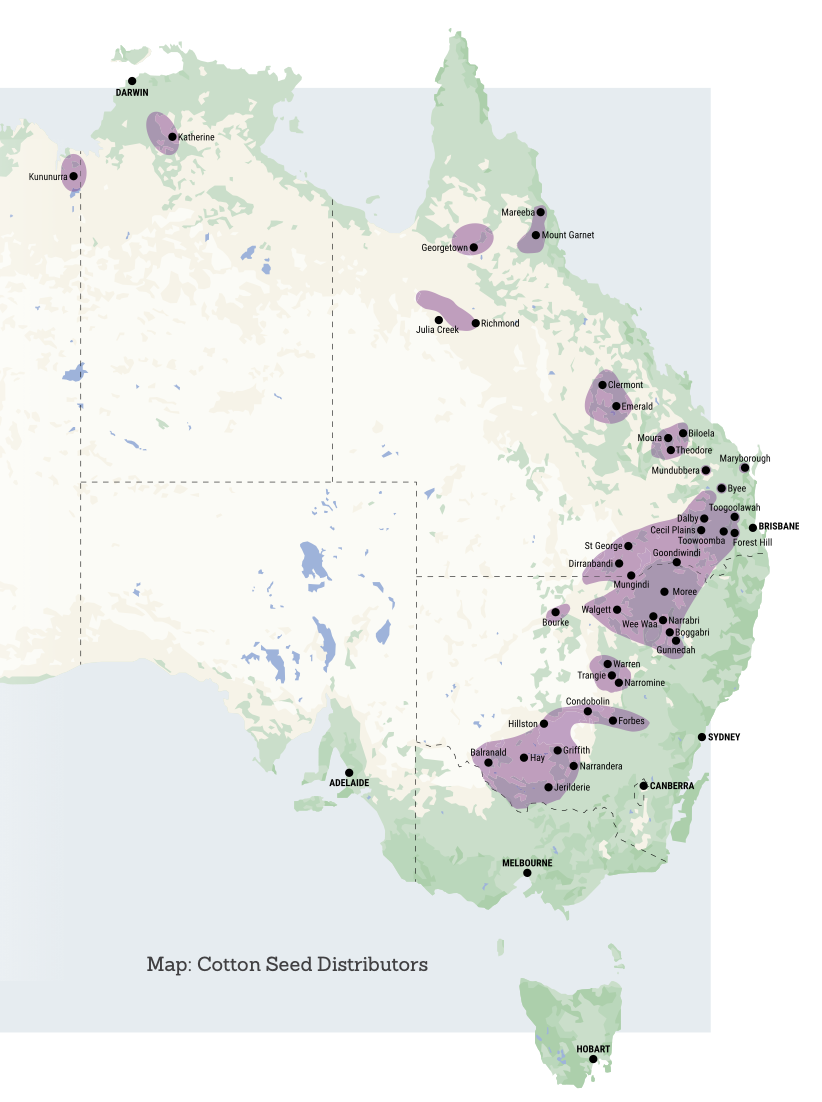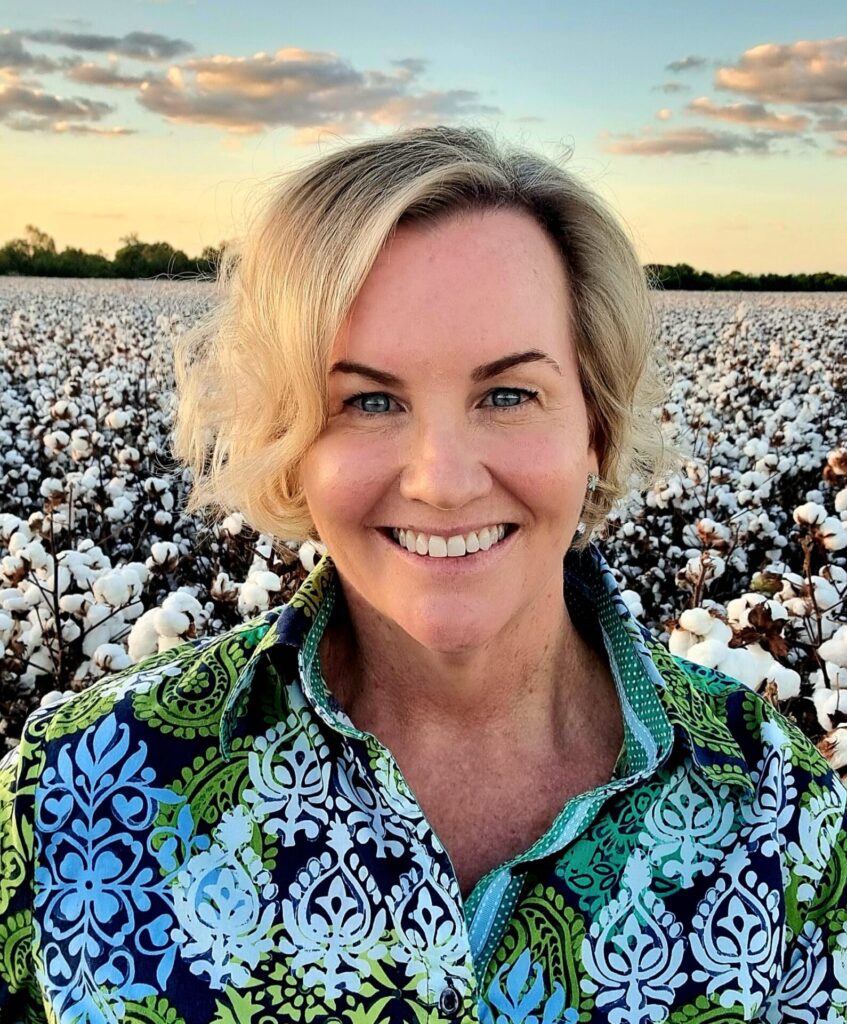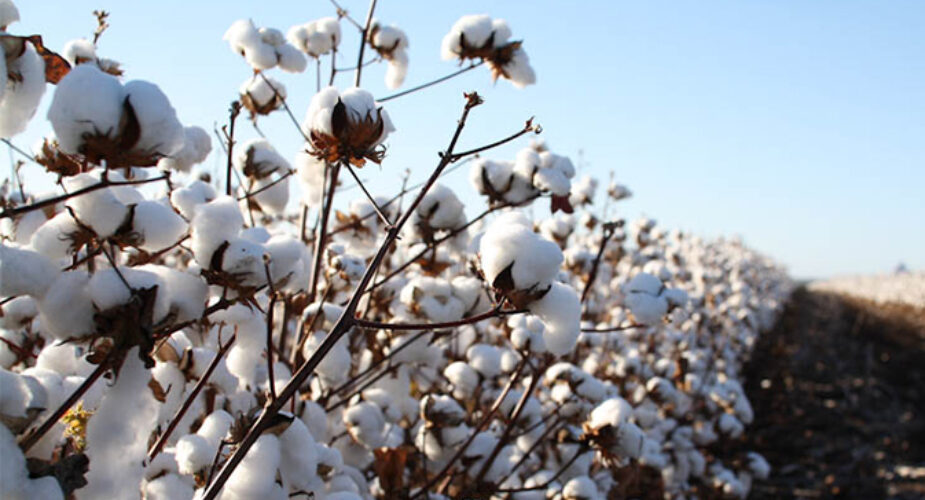Project partners

Overview
The Australian cotton industry was the first in the country’s agricultural sector to commission an independent assessment of its environmental impact back in 1991. Since then, it has been continuously working to become more sustainable.
To improve the efficiency and accuracy of sustainability management, the Australian cotton industry has revamped the data framework behind its PLANET. PEOPLE. PADDOCK. sustainability program. The aim is to align more closely with the reporting standards most relevant to the customers of Australian food and fibre, both now and in the future.
The PLANET pillar of the PLANET. PEOPLE. PADDOCK. sustainability framework focuses on better managing risks and opportunities in areas of highest relevance to the industry: water, soil, biodiversity, greenhouse gas emissions and pesticides.
The Natural Capital Measurement Catalogue was among the resources used as a guide to develop the cotton industry’s new sustainability data framework.

Australian Cotton – PLANET topics and targeted outcomes. Courtesy of Cotton Australia and Cotton Research and Development Corporation (CRDC).
Natural capital journey

Framework alignment
- Australian Agricultural Sustainability Framework (AASF)
- Capitals Coalition Natural Capital Protocol
- International Sustainability Standards Board (ISSB)
- Sustainable Development Goals (SDGs)
- Taskforce on Nature-related Financial Disclosures (TNFD)
Natural capital activities
- Natural capital accounting (potential to support in the future)
- Natural capital assessment

The challenge
The global sustainability reporting environment has multiple competing standards and methods. This is creating confusion, which in turn is preventing action from being taken.
Approach and solutions
To address this challenge, the Australian cotton industry revamped its sustainability data framework to more closely align with the standards it believes customers of Australian food and fibre are most likely to use in future.
The industry chose the International Financial Reporting Standards family of standards as the default starting point for this work, then also reviewed a further 14 local and international reporting standards and guidelines of potential relevance to the industry. The framework is available for download to support accelerated harmonisation of cross-sector indicators. The Natural Capital Measurement Catalogue (NCMC) was also considered, as it purposely aligns with key local and international frameworks.
The new cotton industry sustainability data framework is structured into extent, condition, dependency and impact sections, as these were found to be the most logical categories to contain and organise most of the indicators these standards use. These sections align directly with key sections of the NCMC in two aspects. Firstly, the extent and condition of ecosystem assets in the natural capital accounting section, as these measure ecosystem extent and condition. Secondly, the impact and dependency metrics in the natural capital assessment section.
Consequently, the NCMC’s comprehensive list of potential data sources (to meet varying data quality needs for every indicator) was referenced to confirm existing industry data sources where appropriate, and to help identify new sources for data gaps.

“As a cotton grower who also farms other crops and is involved in other agriculture industries, I really appreciate that the new cotton industry sustainability data framework is designed to support rapid harmonisation of indicators in other industry frameworks. The more we can do to converge on a common set of indicators that we can all measure in the same way, the better.”
Australian cotton & grain grower and Nuffield Scholar, Renée Anderson
Benefits for the Industry
1. Improved decision-making: The new framework provides better insights into the natural, human, and economic capital the industry and individual farms rely on. This will help cotton growers and industry stakeholders make more informed decisions about how to manage these vital assets.
2. Supporting sustainability claims: The same data can be used to demonstrate the value of natural and social capital that farms depend on, as well as to support claims of “regenerative” practices. This will help build a clearer and more consistent narrative around the sustainability of Australian cotton.
3. Simplified access for customers: As global sustainability reporting standards become more complex, businesses are facing difficulties sourcing the data they need from extensive global supply chains. Cotton customers are currently trying to gather sustainability data from thousands of farms or relying on third parties, often at great expense and with questionable accuracy. The new framework will provide customers with a single source of data for the entire Australian cotton industry, making it easier and more cost-effective for them to fulfil their sustainability reporting requirements, in turn making it easier for customers to buy Australian cotton.
Alignment with key frameworks
The Australian cotton industry worked for two years to revamp the data framework behind its PLANET. PEOPLE. PADDOCK. industry sustainability program. It is aligned to the new International Sustainability Standards Board standards IFRS S1 and S2, which have been implemented in Australia as Australian Accounting Standards Board standards AASB S1 and S2. AASB S1, which covers general disclosure about sustainability-related risks and opportunities, is currently voluntary, whereas Australia’s new mandatory climate-related disclosure legislation (which came into effect 1 Jan 2025) is based on AASB S2.
To eliminate confusion for cotton growers who generally also grow other crops and/or have livestock in addition to cotton, the Australian cotton industry has shared its work widely with other agriculture industry sustainability frameworks and the Australian Agricultural Sustainability Framework (AASF) to contribute to rapid and robust harmonisation of indicators.
This work helps to future-proof the industry’s sustainability efforts, as it’s anticipated that it’s only a matter of time before governments will mandate nature-related or broader sustainability-related disclosures, just as climate-related disclosures are now law.
Advice for others undertaking natural capital measurement
“The NCMC was incredibly helpful to have an Australian-made/based collation to compare against my review of the many local and international sustainability frameworks that cotton value chain stakeholders like customers and investors already use, or may need to use in the future. It helped me to cross-check that nothing was missing and identify current or new data sources. Most importantly, for those industries starting out on this journey, they can be confident that using NCMC’s approach would reflect the Australian experience while also being in harmony with international frameworks, all without creating more inconsistency and confusion.
“The NCMC was one of the first Australian-based resources where I saw the different perspectives of natural capital accounting and natural capital assessment brought together within a single coherent, robust framework. This validated the work the cotton industry had separately being undertaking, to organise the hundreds of different indicators and metrics from different sustainability frameworks. The NCMC gave us confidence our work to develop a set of indicators in the new cotton industry sustainability data framework would be consistent with other work being done to support harmonisation and would be applicable to multiple industries.”
Australian cotton industry sustainability adviser, Chris Cosgrove
Community and participants
The cotton industry’s project is being developed as a proof-of-concept for other agricultural sustainability frameworks so sectors can avoid duplication and inconsistency. It received funding from the Australian Government’s National Agriculture Traceability Grants Program from 2023 to 2025.

Read more from partners
- Cotton industry’s PLANET. PEOPLE. PADDOCK. sustainability data framework.
- Cotton industry Sustainability Reports
Contact
For more information about this case study or the Natural Capital Measurement Catalogue, email NCMC@climateworkscentre.org

